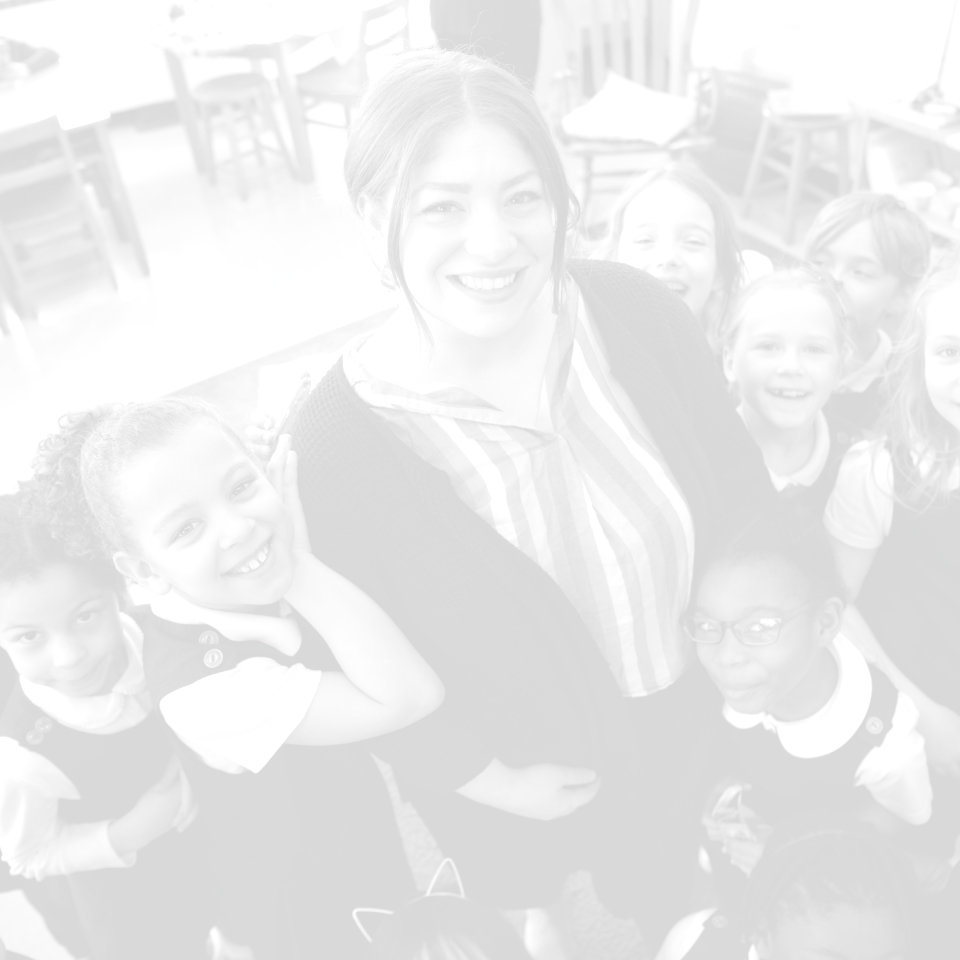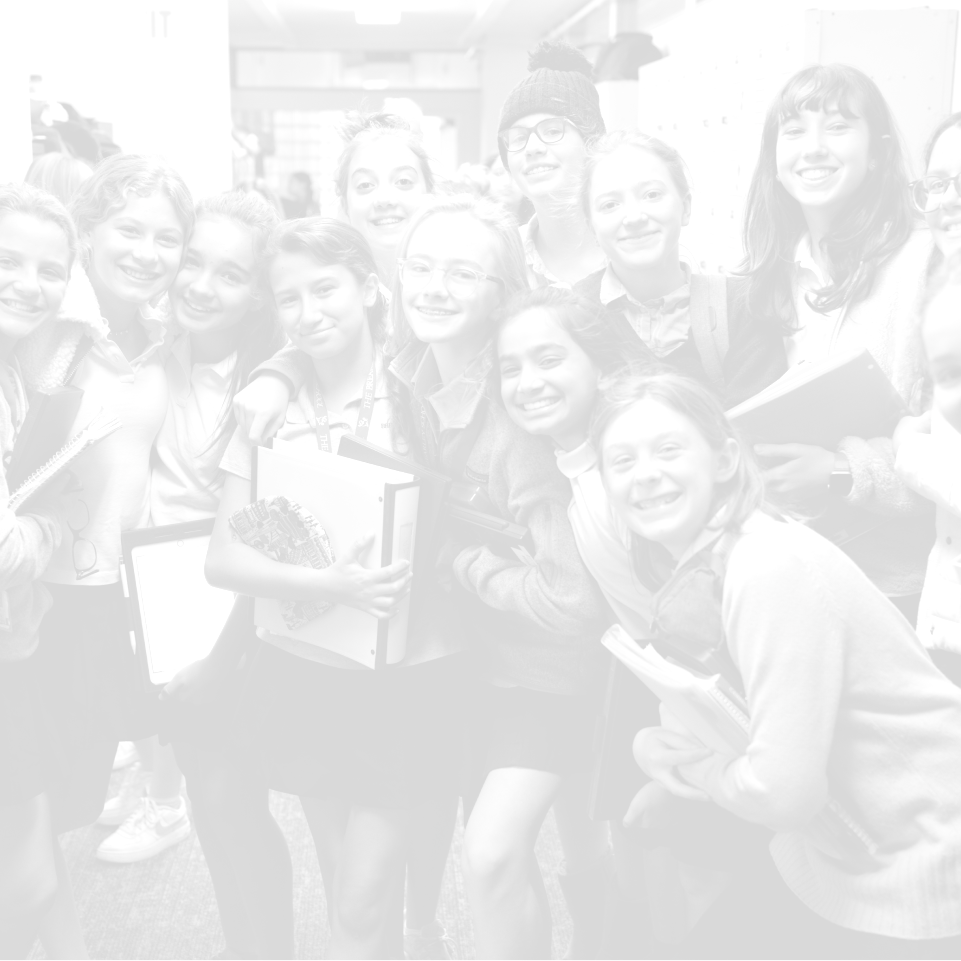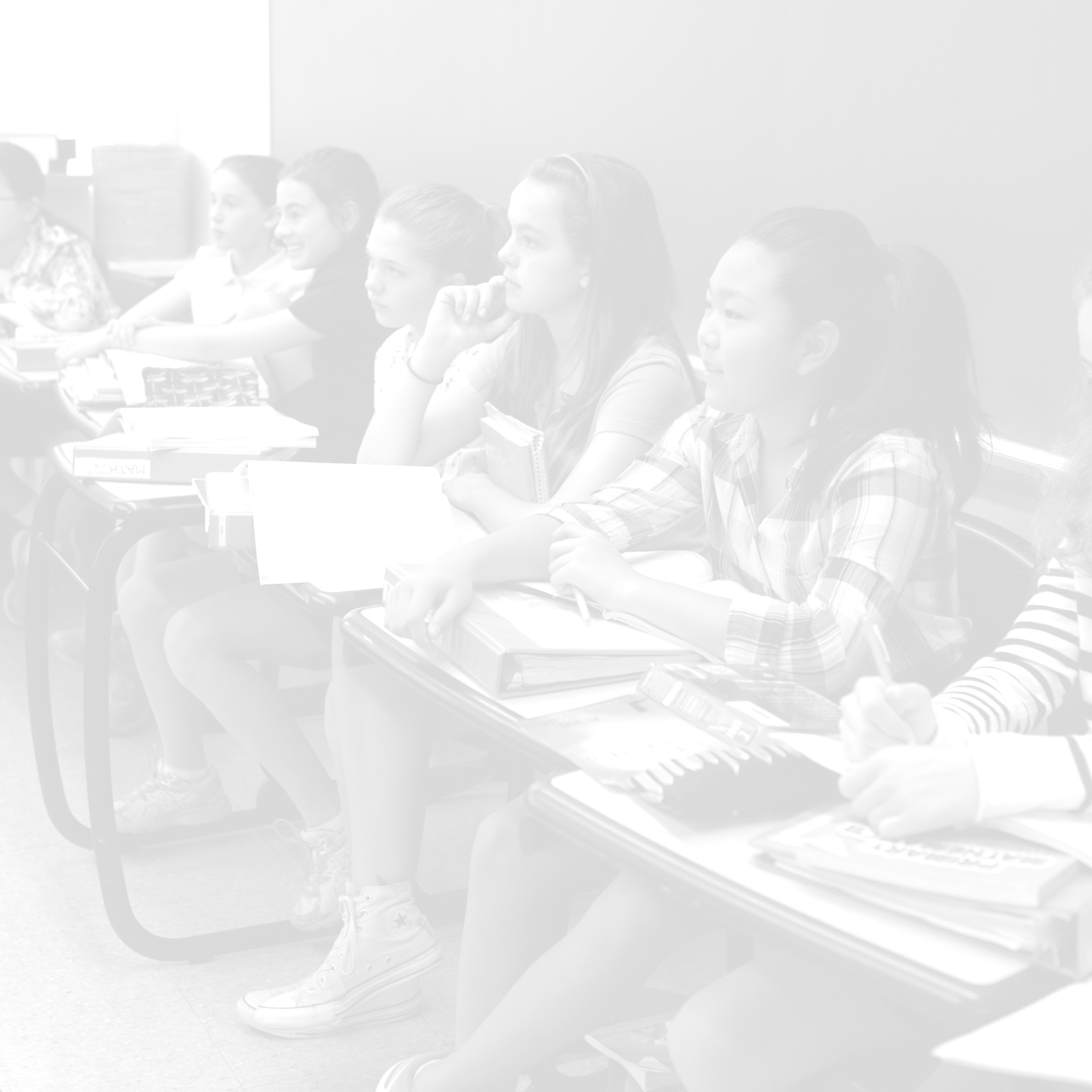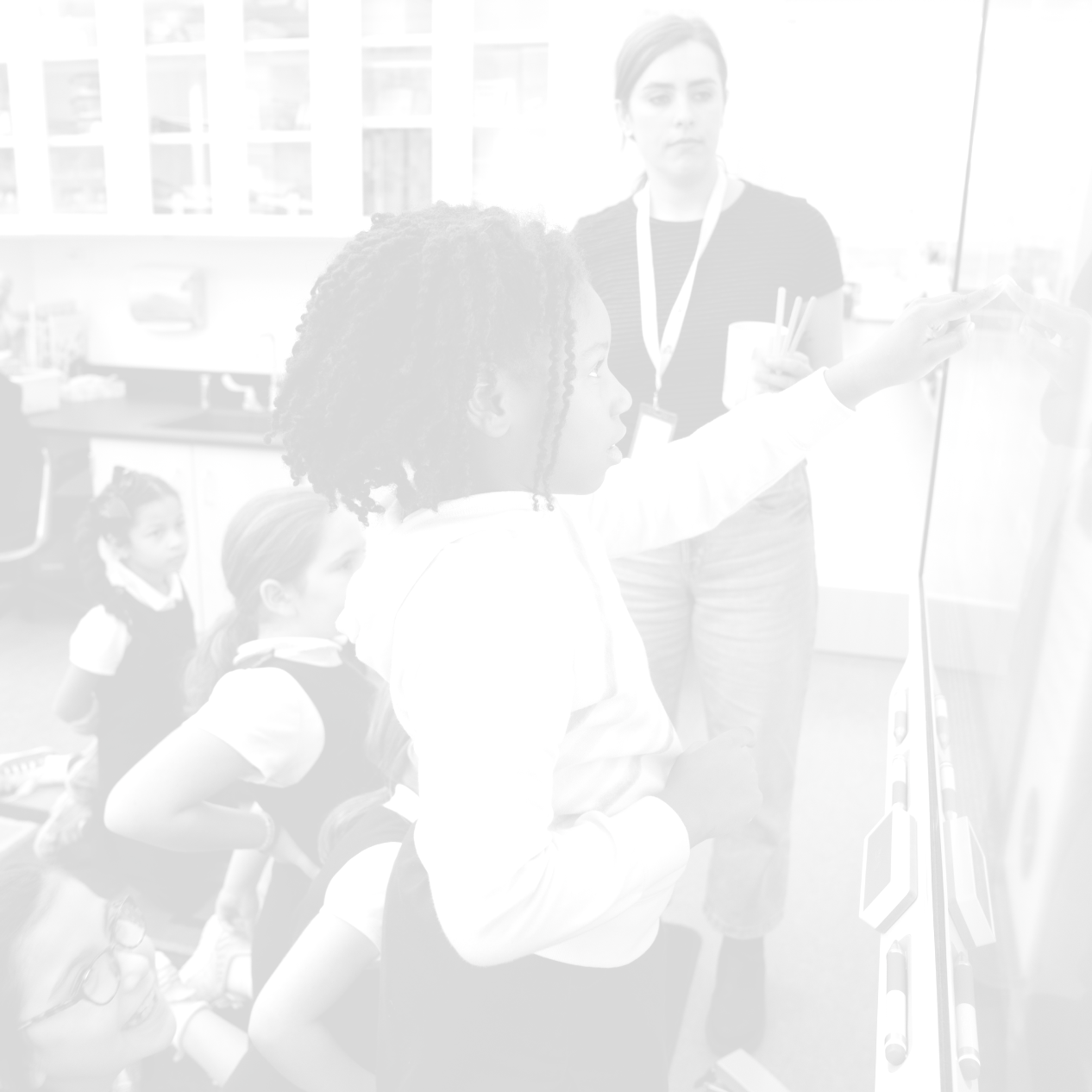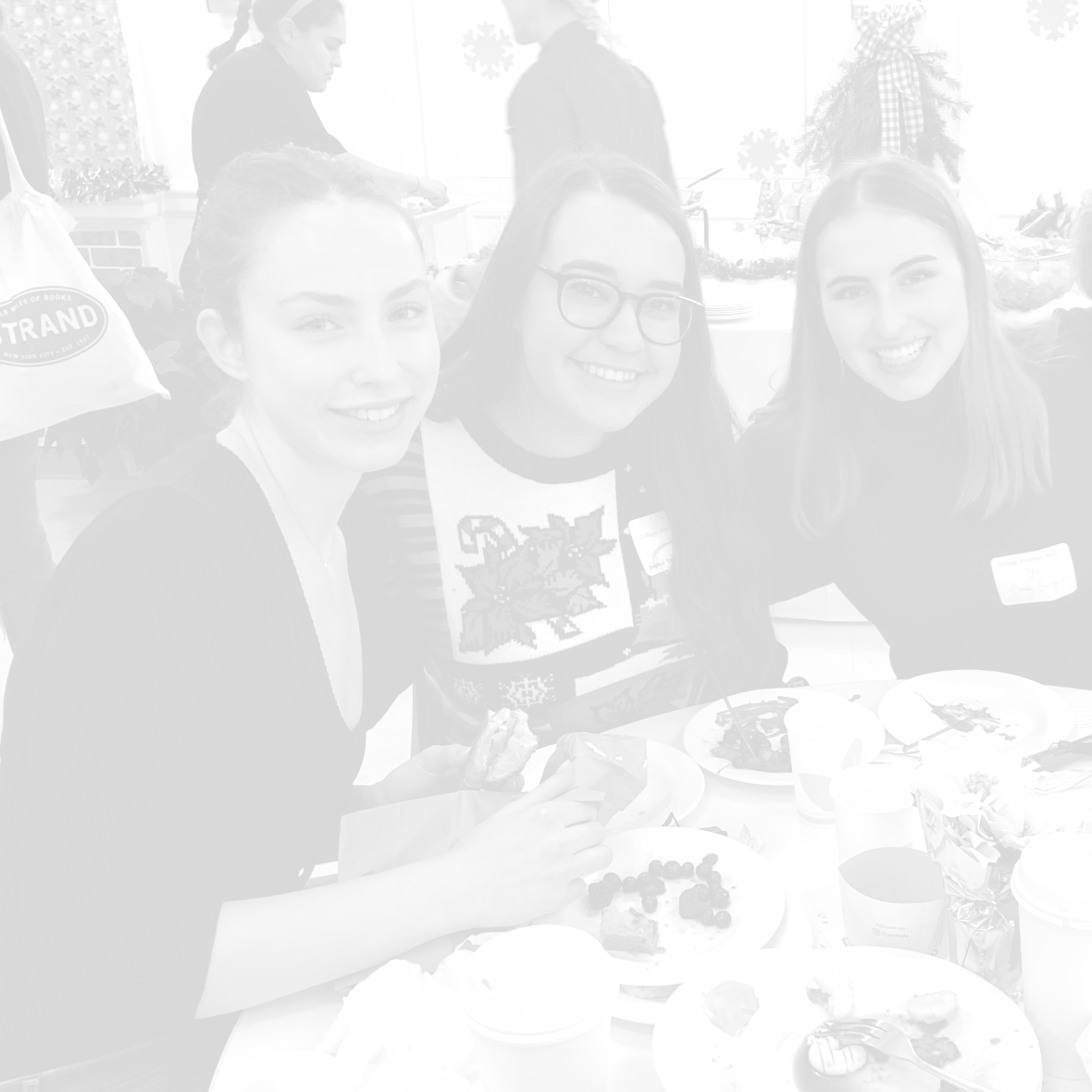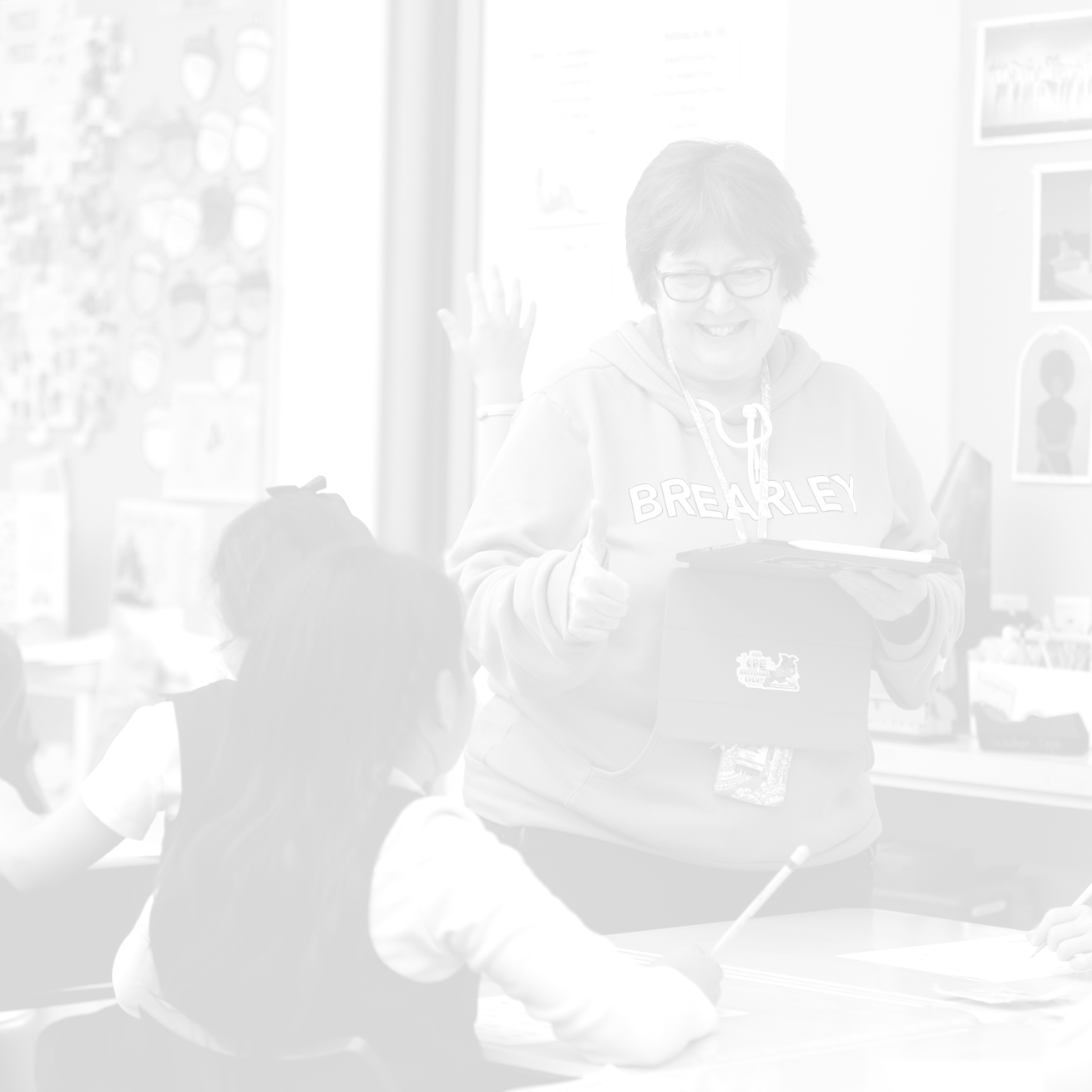Empathy at the Center
Recently our community engaged in a values exercise with Professor Paul Ingram of Columbia University. The results of this collective exploration of our individual values will be highlighted in my letter in the upcoming Bulletin. As a lead-up to the new issue, I thought I’d share that the most often-cited individual value in our community was empathy. This was consistent among our constituents. For some, this discovery has been surprising.
Empathy comes from the Greek word pathos, meaning passion or suffering. A word rarely used in modern times, its circulation has skyrocketed over the last two decades. When I first looked at the data, I wondered if the pandemic or our school’s efforts to address inequities within our community may have influenced this choice as a core value, or whether it has been a link among us all along.
As part of that discovery, I’ve been pondering the connection between this widely held individual value and the way it shows up in Brearley classrooms and among students and adults at school. Empathy figures prominently in how our students connect with themes and characters in language arts or English, how they process and analyze history and scientific discoveries, how they play or relate to a character in drama, how they meet the needs of a friend or family member, or how they develop awareness that a peer does not feel a sense of belonging in our community. For teachers and staff, their empathy is evidenced in their daily work—from supporting students who might be struggling in a class or contending with a difficult issue at home to checking in on colleagues who might be isolating. Empathy is the throughline that connects our community together, that strengthens it and provides a bulwark of a sort in tumultuous times.
A recent conversation with a mentor offered new insight into the power of empathy in teaching and learning. We discussed the curriculum shift that took place at McMaster University in Ontario. After faculty were concerned by a lack of compassion exhibited by their medical students, they changed their program, requiring that students meet in small groups with a patient to discuss the patient’s symptoms starting on day one of medical school. Many physicians were convinced that this new pedagogy would weaken the students’ academic skills and standardized test scores. With so much information to learn, these faculty members said, how could these students become competent diagnosticians and physicians if they spent so much time on what are often called soft skills, such as empathy and listening? In the end, however, the students who developed respect and empathy for their patients also developed a deeper sense of purpose in their work and did better on their boards and in their rotations.
You can read more about McMaster’s approach in Parker Palmer’s The Courage to Teach, but the message is clear: Empathy can facilitate a command of many disciplines, it can deepen a love of learning, and it is vital to a resilient and generous spirit.
